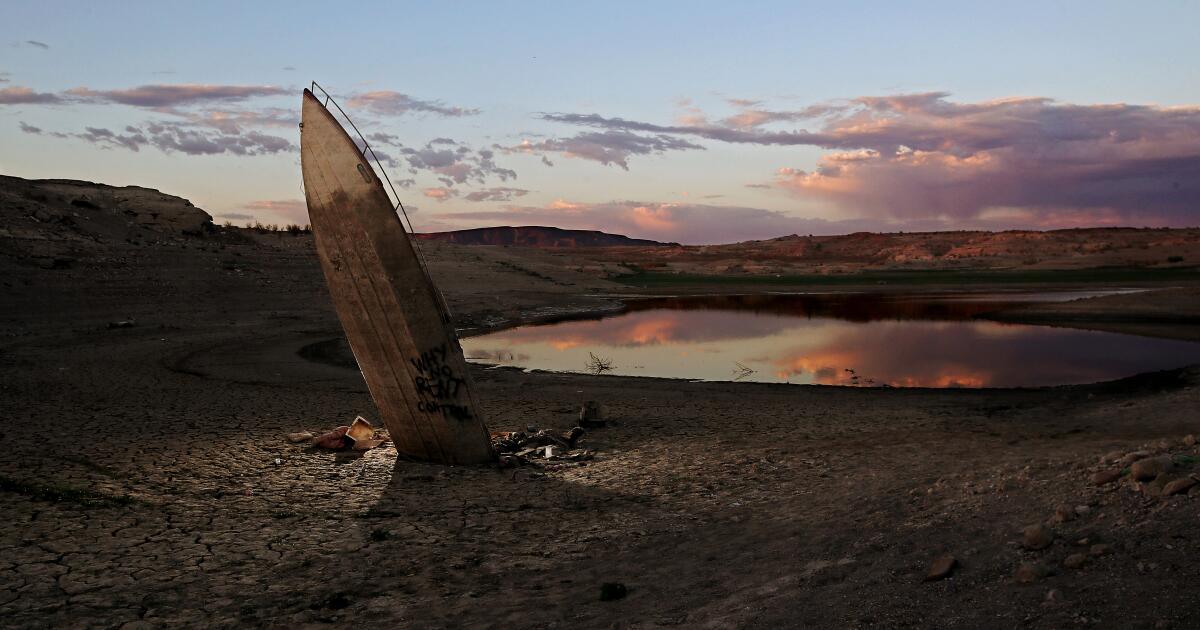Sky High Arch
New Member
I've mentioned here in the past that the U.S. south-west (areas like California and Arizona, among others) are facing acute water shortages in the years ahead.
Well, we're there.
From this piece in the LA Times:

Essential California: 'We're out of time' on the Colorado River crisis
Lake Powell and Lake Mead have been drained to just 27% of their capacity. For years, scientists repeatedly warned that dangerously low levels could be coming.www.latimes.com
View attachment 415190
View attachment 415191
**
View attachment 415192
****
The kind of cuts in consumption that are about to be necessary will be hugely impactful on that area of the U.S. and that will have ramifications for Canada.
Agricultural production will be one of the most obvious cut backs with water-intensive crops and any crops in the areas where water is sparsest having to come out.
But it will also mean some relocation of water-intensive industries and may impact population levels in some areas due to both lifestyle impacts (no more lawns/fewer pools) but also
substantially more expensive water.
This Guy shows some good shots of lake mead and how much it has gone down. Ive been watching for some time now.




